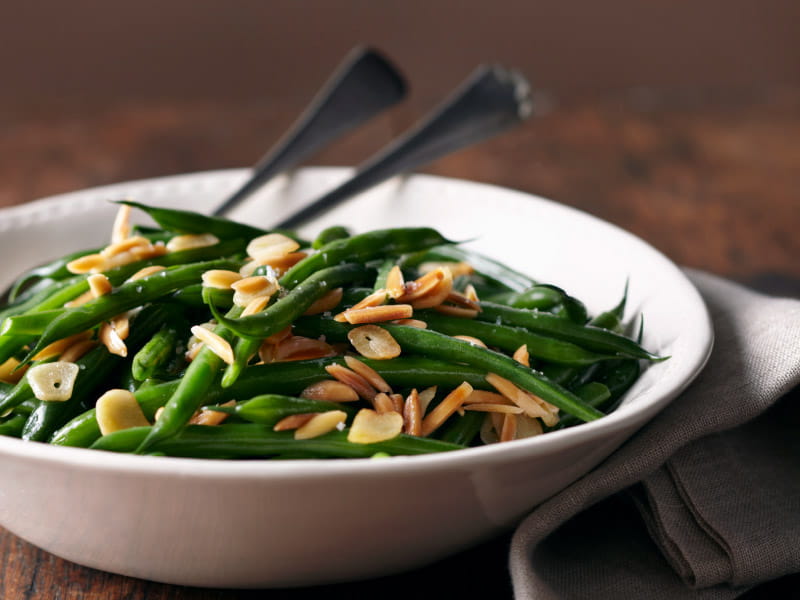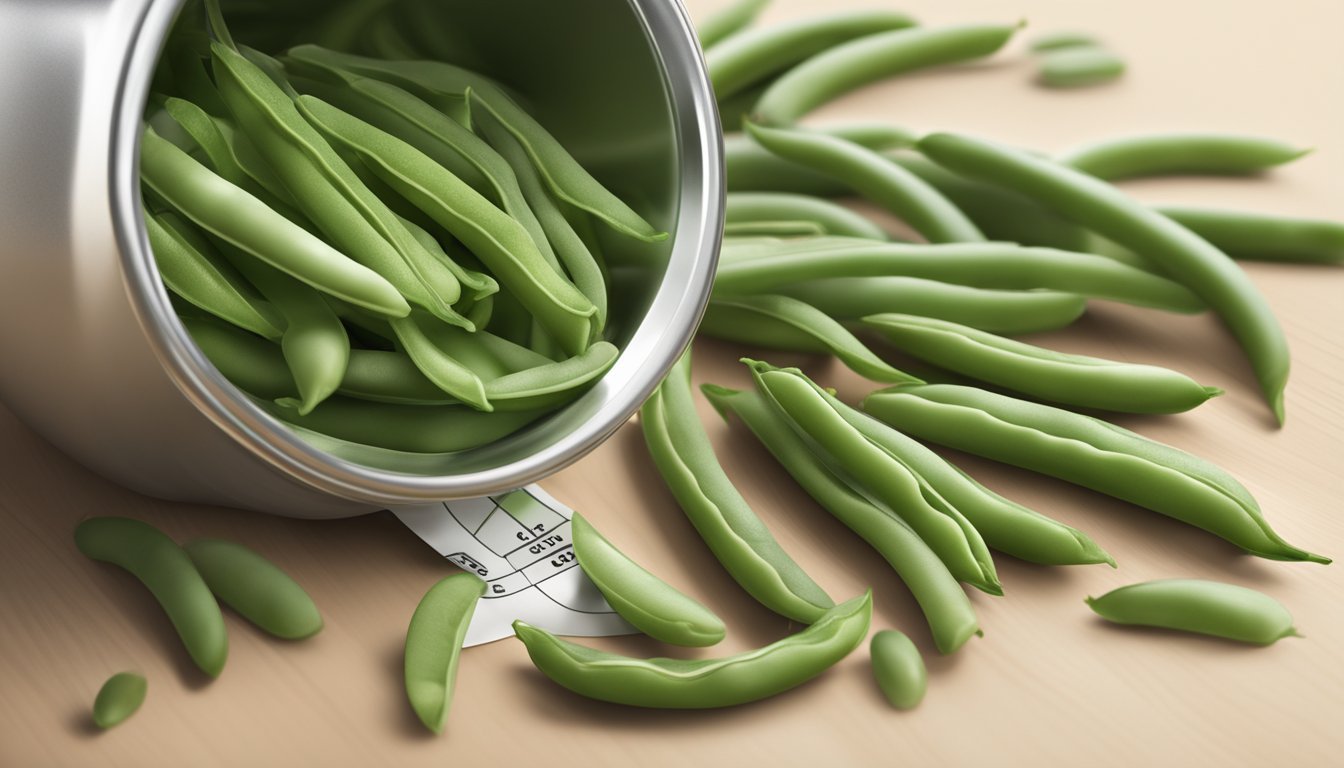Green beans, also known as string beans or snap beans, are a globally loved vegetable appreciated for their crisp texture and sweet taste. Originating over 8,000 years ago in what is now Peru, green beans have become a staple in kitchens worldwide. Katherine Tallmadge, a nutrition author and registered dietitian at Personalized Nutrition, highlights their versatility and mild flavor, which make them an excellent addition to various dishes without overpowering other ingredients. “This makes them versatile and means they are likely to complement rather than overpower a recipe or meal,” Tallmadge explains.

Health Benefits of Green Beans
Green beans are a nutritional powerhouse, providing a range of essential vitamins and minerals. According to the U.S. Department of Agriculture, a single cup of green beans contains calcium, iron, magnesium, potassium, phosphorus, sodium, zinc, folate, vitamin A, vitamin B6, vitamin K, and nearly 2 grams of protein. These nutrients collectively contribute to improved bone and muscle strength, lower blood pressure, a boosted immune system, and even reduced depression.
Tallmadge notes that green beans also boast one of the highest dietary fiber contents among vegetables, with “a whopping 2.7 grams of fiber for only 31 calories in one cup raw,” significantly enhancing digestive health. Jill Weisenberger, a registered dietitian and author of “Prediabetes: A Complete Guide,” adds that green beans are filling, and low in calories, and carbohydrates, making them ideal for those managing weight or blood sugar levels. Additionally, green beans contain 72 different phytonutrients, which help reduce oxidative stress and inflammation and combat cell-damaging molecules known as free radicals.
Preserving Green Beans: Fresh vs. Frozen
While green beans are in season longer than many other vegetables, they are also commonly sold frozen or stored in home freezers. Weisenberger notes that freezing green beans results in minimal nutrient loss. However, the vegetable does lose its crispness after being frozen. Tallmadge explains that this is due to the high water content (about 90%) in green beans, which expands when frozen, causing them to become “soggy and limp” after thawing. Tallmadge suggests avoiding frozen green beans in salads or recipes that require a crisp texture. Instead, she recommends using them in cooked dishes such as stews, casseroles, or soups, where their texture will be less noticeable.
Incorporating Green Beans into Your Diet
Regardless of how you choose to enjoy them, green beans are a versatile and nutritious addition to any diet. Weisenberger advises including both cooked and uncooked green beans in various dishes, from green bean casseroles to roasted, fried, seasoned, steamed, and grilled preparations.

Tallmadge recommends adding uncooked green beans to potato salads, using them as a green salad topper, or creating a fresh green bean and tomato salad tossed in a light vinaigrette. Unlike other foods that require portion control, green beans can be enjoyed in large quantities. “Go big and fill half your plate with green beans and other non-starchy vegetables,” Weisenberger advises. “They’re that good for you.”
